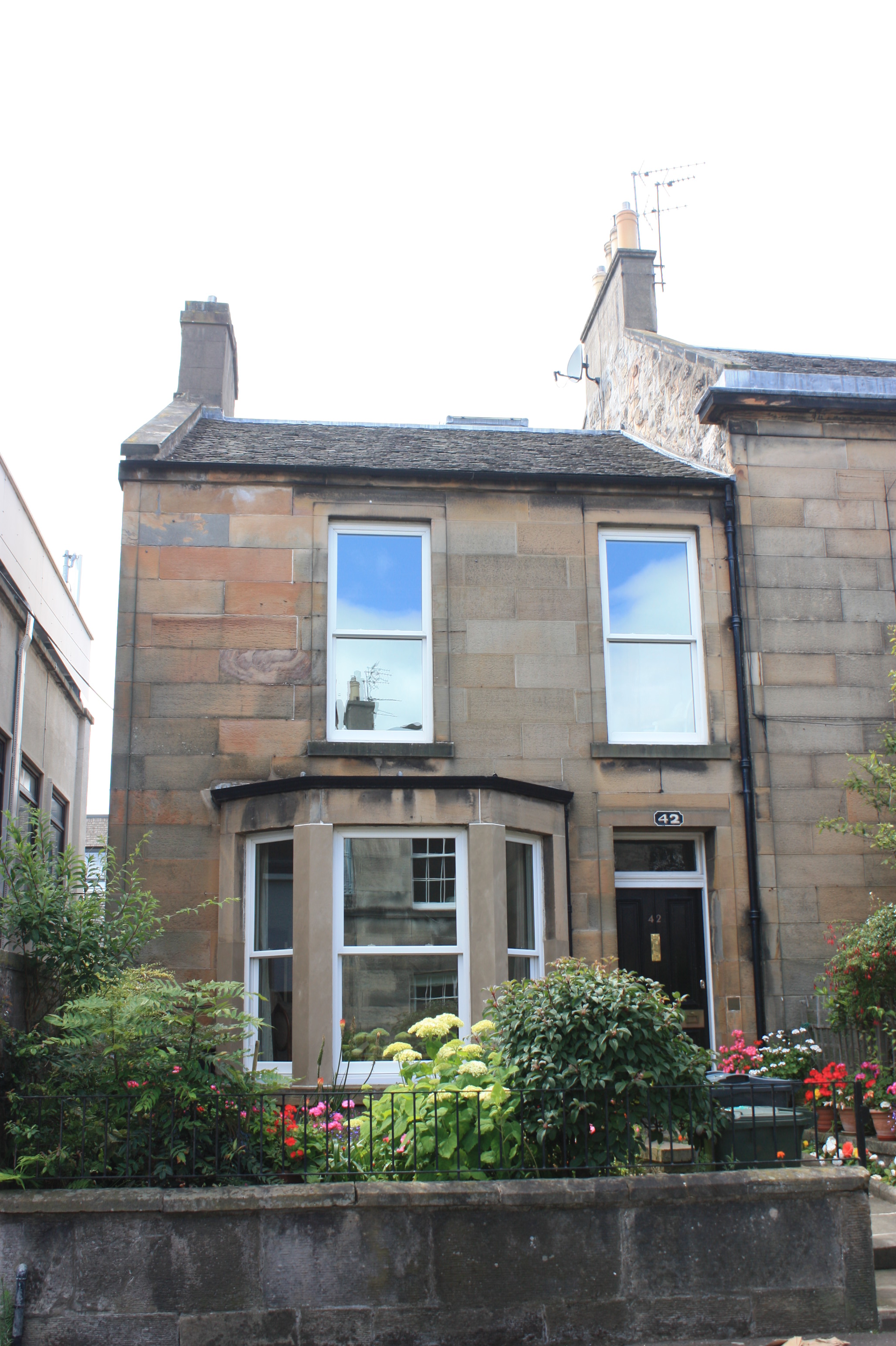|
Tavernor Knott
Tavernor Knott WSA (occasionally written Taverner Knott) (1816–1890) was a Scottish portrait and genre artist. He was the paternal uncle of Cargill Gilston Knott. Life He was born in Aberdeen in 1816 the son of John Knott (b.1754), a music teacher, and his wife Sophia Pelham. His family (including a sister Sophia M. Knott and brother Lavernor Knott) appear to have moved to 2 St Patrick Square in Edinburgh around 1830. In 1839 Knott is listed as a portrait painter living at 2 St Patrick Square in Edinburgh's South Side. As the main householder it must be presumed that his father was now dead. On 3 May 1878 he is listed as a Master Mason of the Humber Lodge, at that date being affiliated also as a member of the Celtic Lodge (2 Brodie's Close on the Lawnmarket). On 1 December 1879 a page in William Gladstone’s diary indicates that he wrote to Tavernor Knott from Taymouth Castle Taymouth Castle is situated to the north-east of the village of Kenmore, Perth and Kinross, in t ... [...More Info...] [...Related Items...] OR: [Wikipedia] [Google] [Baidu] |
Cargill Gilston Knott
Cargill Gilston Knott FRS, FRSE LLD (30 June 1856 – 26 October 1922) was a Scottish physicist and mathematician who was a pioneer in seismological research. He spent his early career in Japan. He later became a Fellow of the Royal Society, Secretary of the Royal Society of Edinburgh, and President of the Scottish Meteorological Society. Biography Knott was born in Penicuik, Midlothian, the son of Pelham Knott, an agent for a paper manufacturer and his wife Ellen. His paternal uncle was the artist Tavernor Knott. He was educated at Arbroath High School in Angus, and attended the University of Edinburgh, where he studied alongside James Alfred Ewing. He worked on various aspects of electricity and magnetism, obtaining his doctorate in 1879. He was appointed as an assistant in Natural Philosophy at the University of Edinburgh in 1879, and held this post until 1883, when he left to take up a post at Tokyo Imperial University. He was elected as a Fellow of the Royal Society of ... [...More Info...] [...Related Items...] OR: [Wikipedia] [Google] [Baidu] |
York Place 32, Edinburgh
York is a cathedral city with Roman Britain, Roman origins, sited at the confluence of the rivers River Ouse, Yorkshire, Ouse and River Foss, Foss in North Yorkshire, England. It is the historic county town of Yorkshire. The city has many historic buildings and other structures, such as a York Minster, minster, York Castle, castle, and York city walls, city walls. It is the largest settlement and the administrative centre of the wider City of York district. The city was founded under the name of Eboracum in 71 AD. It then became the capital of the Roman province of Britannia Inferior, and later of the kingdoms of Deira, Northumbria, and Jórvík, Scandinavian York. In the Middle Ages, it became the Province of York, northern England ecclesiastical province's centre, and grew as a wool-trading centre. In the 19th century, it became a major railway network hub and confectionery manufacturing centre. During the Second World War, part of the Baedeker Blitz bombed the city; it ... [...More Info...] [...Related Items...] OR: [Wikipedia] [Google] [Baidu] |

